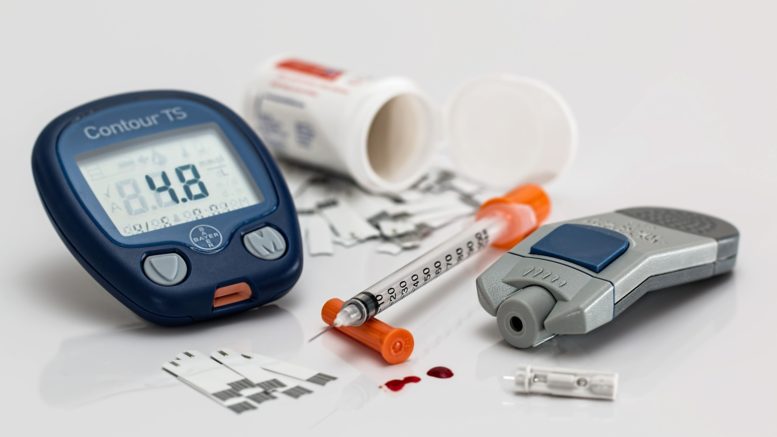Nearly 10% of people in the United States have diabetes, according to the Center for Disease Control. Prices for insulin, which most diabetics need to stay in good health, have almost doubled in the past 6 years.
Insulin is a hormone produced in the pancreas to regulate the amount of glucose in the blood. Diabetes affects the way the body processes sugar, affecting the insulin in diabetic bodies. About one-third of type 2 diabetics have to take daily insulin shots to keep their condition under control. Type 1 diabetics are insulin-dependent individuals because their bodies are not producing any insulin alone.
“The cost of a vial of the short-acting insulin lispro (Humalog) increased 585% (from $35 to $234) between 2001 and 2015. By January of 2017, it reached $270, according to the drug-price website GoodRx.com. During the same time, the price of a vial of human insulin rose 555%, from $20 to $131, according to endocrinologist Irl B. Hirsch, MD, a professor of medicine at the University of Washington. And by January 2017, it hit $147 according to GoodRx.com,” according to OnTrack Diabetes.
“My uncle has diabetes and at family functions, it’s hard for him to be able to eat the right foods or different foods than everyone else because his case is bad. He has had to have a finger removed because of it and he’s not as mobile as he used to be,” Elsa Amiti (’19) said.
Some cases of type 2 diabetes can be cured by dieting and weight loss, or treated with oral medication. If not treated properly, the condition can develop into type 1 diabetes, which requires daily insulin.
“Living with diabetes is definitely easier than living with cancer, however, it requires constant supervision 24 hours [every day] and it can be stressful at times. It requires much greater responsibility than any other 16 year old has, and it can take a toll. I wish I didn’t have to worry about it, but I’m also hopeful [scientist] are close to a cure or improving their current technology to make it easier [to live with]” Ryan Sklover (’20) said.
Recently in Minnesota, Alec Raeshawn Smith lost his life after falling into a diabetic coma alone in his apartment because of diabetic ketoacidosis. This is when there is not enough insulin in the blood and leaves it highly acidic and the cells dehydrate while the body begins to stop functioning. Smith, after being taken off his parents’ insurance, was rationing insulin and died 3 days before he could be paid to get more.
Diabetics across the country, as Smith was, are beginning to ration their insulin or use less than prescribed in order to avoid having to purchase it as frequently. According to the New York Times, a study done by Yale University found that “one in four diabetics at a clinic New Haven, Connecticut admitted to cutting back on insulin use because of cost.”
“We have more economic needs and therefore students might not be receiving the insulin needed because they won’t be able to purchase it, therefore, it puts their life at risk which saddens me greatly. People are going to have to pick between insulin and food,” Ms. Berkley, history teacher, said.
Looking back at the Westhill community, there are students who may resort to cutting back on insulin because either they or their parents cannot afford it. Without a sufficient amount of insulin, people can also experience dehydration, tiredness, confusion, and patients can easily and quickly become very ill.


